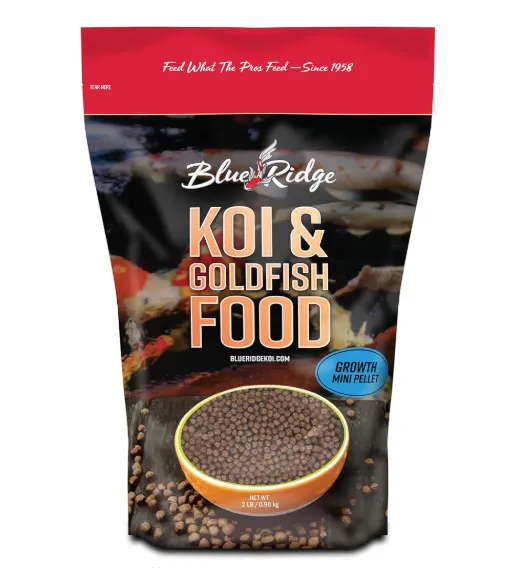

Introduction raising koi fry
raising koi fry, Koi fry, the adorable baby versions of the vibrant koi fish we admire in ponds, require a lot of attention and care. Raising them successfully takes patience, knowledge, and the right environment. If you want to ensure your koi fry grow into beautiful, healthy fish, this guide will walk you through everything you need to know.
raising koi fry, Preparing for Koi Fry
Choosing the Right Breeding Pair
Not all koi are created equal. Selecting a high-quality male and female koi with strong genes and stunning patterns will increase your chances of getting beautiful offspring.
Setting Up a Breeding Pond/Tank
A separate breeding pond or tank is essential to keep eggs safe from adult koi, who might see them as a snack. A shallow pond with soft plants or spawning mats will provide an ideal place for eggs to attach.
Spawning and Egg Collection
Koi spawn in warmer temperatures, usually in spring. The female lays thousands of eggs, which the male fertilizes. It’s crucial to collect the eggs and move them to a separate hatching tank to prevent predation.
Hatching Process
Eggs usually hatch within 4-7 days, depending on water temperature. Keeping the water between 22-25°C (72-77°F) ensures a healthy hatching process.
Caring for Newly Hatched Koi Fry
Once they hatch, koi fry are fragile and need clean, well-oxygenated water. A sponge filter is ideal as it prevents the tiny fry from getting sucked up.
Feeding Koi Fry
In their first days, koi fry survive on their yolk sac. After that, they need tiny food like infusoria or liquid fry food. As they grow, they can eat brine shrimp, micro worms, and finely crushed pellets.
Water Quality and Tank Maintenance
Keeping ammonia and nitrite levels at zero is crucial. Perform frequent water changes (around 20% daily) and use a gentle filtration system.
Growth Stages of Koi Fry
In the first few weeks, koi fry grow rapidly. By 4-6 weeks, they start showing early signs of coloration. Keeping track of their growth helps identify potential issues.
Sorting and Culling Fry
Not all fry develop strong colors or healthy bodies. Sorting them by size and color ensures only the best koi continue growing. Culling weak or deformed fish improves the overall quality of your stock.
Preventing and Treating Diseases
Koi fry are prone to infections, parasites, and bacterial diseases. Maintaining good water quality and using mild treatments like salt baths can prevent outbreaks.
Protecting Koi Fry from Predators
Birds, frogs, and even other koi can prey on small fry. Using nets, hiding spots, and separate tanks can reduce losses.
Outdoor vs Indoor Rearing
Outdoor rearing provides natural food sources but exposes fry to predators. Indoor tanks offer controlled environments but require more maintenance.
When to Move Fry to a Larger Pond raising koi fry
Once koi fry reach about 2 inches (5 cm), they are strong enough to be introduced to a larger pond. Acclimating them slowly helps reduce stress.
Enhancing Koi Color and Pattern Development raising koi fry
A diet rich in carotenoids (such as spirulina and krill) enhances koi color. Genetics also plays a big role, so selecting well-bred parents increases the chances of vibrant offspring.
raising koi fry Conclusion and Final Tips
Raising koi fry is a rewarding yet challenging process. By ensuring optimal water quality, providing proper nutrition, and protecting them from threats, you can grow healthy, beautiful koi that will thrive in your pond for years to come.
FAQs raising koi fry
1. How long does it take for koi fry to grow?
Koi fry take about 3-4 months to reach 2 inches in length, but full-grown koi can take several years.
2. What do koi fry eat in their first week?
Newly hatched fry rely on their yolk sac, then transition to infusoria, liquid fry food, or baby brine shrimp.
3. Can koi fry survive in a regular pond?
Without proper protection, most koi fry won’t survive in a regular pond due to predators and competition for food.
4. How do I prevent deformities in koi fry?
Maintaining high water quality and proper nutrition reduces deformities. Genetic selection also plays a role.
5. When can I introduce koi fry to a larger pond?
When they reach about 2 inches in length and are strong enough to handle the transition.
Learn more about koi fry and how to cull koi fry
Table of Contents
Passionate about fish keeping since elementary school in the 1980s, Giovanni Carlo has dedicated countless hours to collecting and breeding a diverse array of ornamental freshwater fish. From vibrant guppies and majestic koi to striking bettas and classic goldfish, he continues to explore the fascinating world of aquatics, sharing knowledge and enthusiasm with fellow fish enthusiasts.